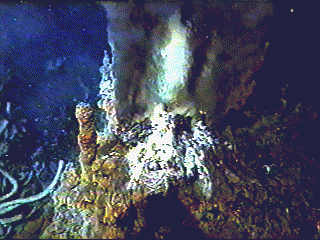To quote Jacqueline Rose citing Elena Ferrante, “It is, Ferrante Explains, the deep-rooted mistake of every city to lay claim to be a city of love without labyrinths, to believe you can give birth to a future with no Furies lying in wait.” This is why Ferrante’s idol was Medea, the mother who murdered her own child—the truth of passionate connectedness, the shattering intimacy and intensity of the relationships worth caring about, is that love is not enough; hate is what there too. But we all know this. Maybe we don’t want to admit it. We know it. We live it. I’ll speak the truth: landscape architects hate nature. If we didn’t hate nature—at least as much as we love it—then we would do something else with our lives, and we’d go hiking on the weekends like everybody else who loves nature. But what is it that we do that nature-lovers don’t? We destroy; we kill, uproot, poison, burn, eradicate, cull; how many of you have mocked, lamented, the stupid public who objects to shooting deer, poisoning feral cats, oiling eggs, burning down the forest—they don’t understand that it’s right, and because we do understand, it makes us smart to kill. We make the tough decisions. What else do we do? We tear open the ground, root around in its innards, rearrange, replace. We have euphemisms. But what is a greenfield if not just something that hasn’t been destroyed yet, and that we can’t wait to destroy? What is a brownfield if not a mass grave for a history of abuse—workers and animals alike—to be dug up and repurposed for… something?
I’m not saying this is bad—that it makes us bad people to hate nature. That hatred is what makes it possible for us to garden the earth.
